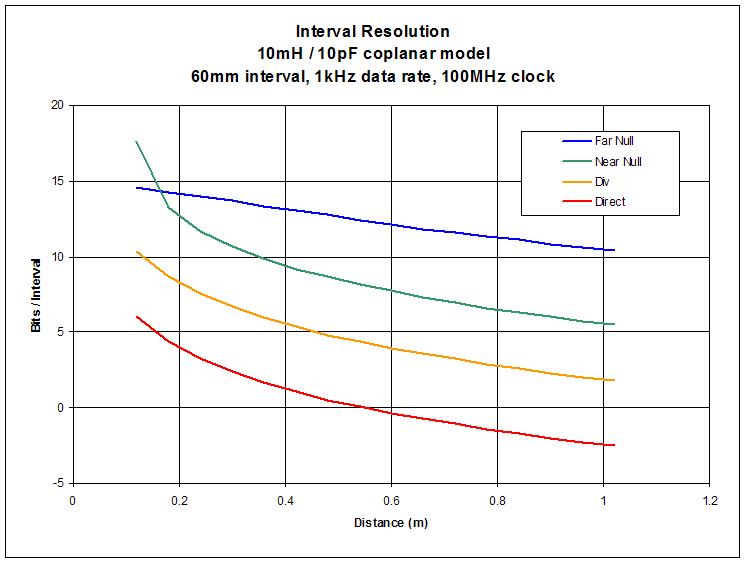Dewster - I am real interested! - But im not going to load up the spread sheet just yet, am having a brain distraction overload!
One of the things I need to finalize soon is how I implement my exponential conversion (for outputting 1V/Octave and my On-Key analysis / emphasis) - I have a fully analogue system, but this is an area where I think digital may win hands down - certainly from a cost / fiddle factor perspective.. I dont really need analogue for this function, as it only drives external synths, and OKE only drives amplitude variation.. I will certainly be turning to you for help / collaboration on this!
I am starting to wonder whether there is any possibility of getting a hybrid modular specification together - a specification that could allow developers to build compatible modules which could be either heterodyning / analogue or digital or both.. I think perhaps the theremini may be something of a "wake up call" for us - "We" are taking too long because "we" arent collaborating and are perhaps holding too tightly to our individual narrow perspectives.
It seems to me there are about 5 "public" developers who are active - Only two are actually producing anything (and one of these isnt really "public" and doesnt disclose his designs) - There are things some people want which others dont, and topologies some people hate that others couldnt give a sh*t about.. Things like latency and linearity that would make an instrument unacceptable to some, but others wouldnt even notice.. It just seems to me that a bunch of compatible modules which could be linked together to produce bespoke instruments could be a good deal for everyone -
Even down to the most basic level - drift for example - if one had compatible front-end modules, one could supply a cheap low spec module using simple ferrite inductor, or one could supply a high-end module with a honking air coil.. Someone may not care about drift but want a wavetable voice with pitch correction, others may want a good front end with E-Pro like register switching and sounds, caring not how these sounds are produced...
Yeah - the mass market will no doubt opt for the theremini, LOL ;-) But we could, I think, nibble into that market a bit - and share the whole "real theremin" market.
Its probably an impossible dream - and much as it would be nice to have an "open" project, I think the managment of such a diverse project would sop all the time of those who are actually capable of producing useful contributions - I would like a "open" project in the sense that everyone could see it, but "closed" in the sense that only competent persons could participate in it.
"we" could even run an ebay shop where modules / boards / components could be sold - a co-operative type theremin store - There is no point in doing anything if people of whatever skill level cannot buy it - those capable of DIY could buy kits / modules, but builders could also buy or join the co-op and sell ready made instruments based on the modules, in the store, adding their markup.. In fact, this could work even if not all modules were compatible..
Im a bit loath to hijack your thread again ;-) .. If this goes anywhere then a shift to a new topic will be needed - please feel free to copy this to a new thread if you wish - I will then delete this post.
Fred.


